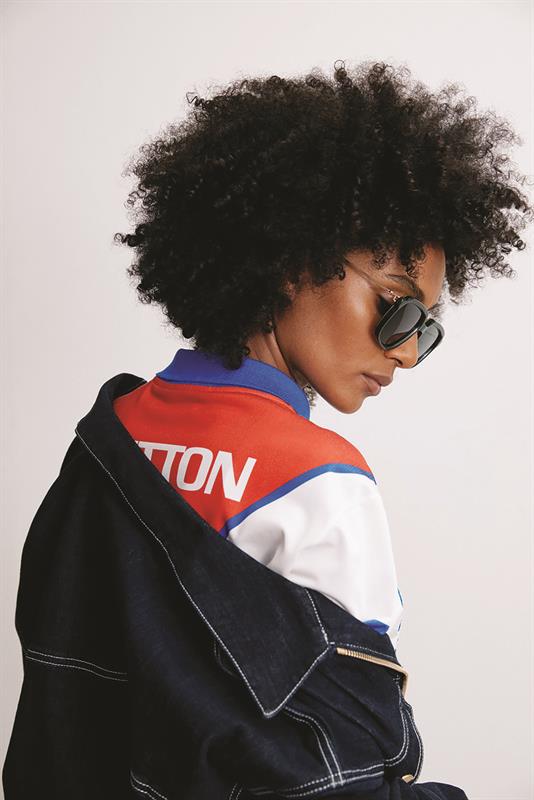
Given it has been some 20 months since I last visited a trade show, I had almost forgotten what they were like. At Opti Munich in January 2020, Covid-19 was still confined, officially at least, to China. B ut by late February, the situation had become so serious in Europe that Mido was cancelled just days before it was due to take place. We all know what happened after that.
The Covid-19 pandemic has driven a train through the notion of large gatherings of people, especially indoors, and one of hardest hit sectors has been trade events. While there may have been lots of appetite to visit indoor events and large gatherings for recreation, the idea of doing so for work events was not high up on most people’s lists. But the alternatives, namely webinars and ‘virtual’ meetings and tradeshows have not really cut the mustard when it comes to frame buying, especially when it comes to searching out new product that keeps practice inventory looking fresh.
With that in mind, this year’s Silmo had a different atmosphere – ‘cautious excitement,’ as the organisers put it. ‘We were uncertain we would succeed, but we were also convinced that the trade fair would have to occur to get real-life business rolling again,’ says Amélie Morel, chair of Silmo Paris.
‘We are the first great international trade fair in our sector to have reopened and we felt a form of responsibility to succeed in organising this gathering of all the industry’s professionals. I would like to take this opportunity to thank all the companies, partners, exhibitors and visitors who contributed to the triumph of this event.’
International feel
There was some concern before the event that attendance and exhibitors might have something of a French feel, given the travel restrictions in place, but organisers said 37% of the 19,000 visitors came from overseas. In total,

there were 500 exhibitors, well down on a ‘normal’ Silmo event, but it worth remembering that exhibitors from China, Japan and Hong Kong were missing through restrictions on travel.
But there were several brands that were not restricted by travel and still chose not to attend the Parc des Expositions event. Instead, they opted to see their clients in the centre of Paris, either in trendy loft spaces or hotel suites. Spin off events alongside established trade shows has been popular in the US for some time, especially in New York, but until now Silmo had not seen similar. Notable brands like DITA, Blake Kuwahara, Garrett Leight and Götti were all absent from the show floor. Whether they will return to Silmo in 2022 remains to be seen, but looking at events in the US, once a brand has left it is unusual for them to return. For delegates, this makes for a disjointed show experience, so hopefully the organisers and want-away brands will be able to come to some agreement before next year’s show.
My Silmo: Eva Davé, Style Optique
Making this trip felt absolutely the right thing to do for a number of reasons. Firstly, we were specifically looking for a new creative brand to introduce to Style Optique and meeting the designers in person, viewing and touching the collections, is the most productive way for us to do that.
Secondly, for both Style Optique and my training
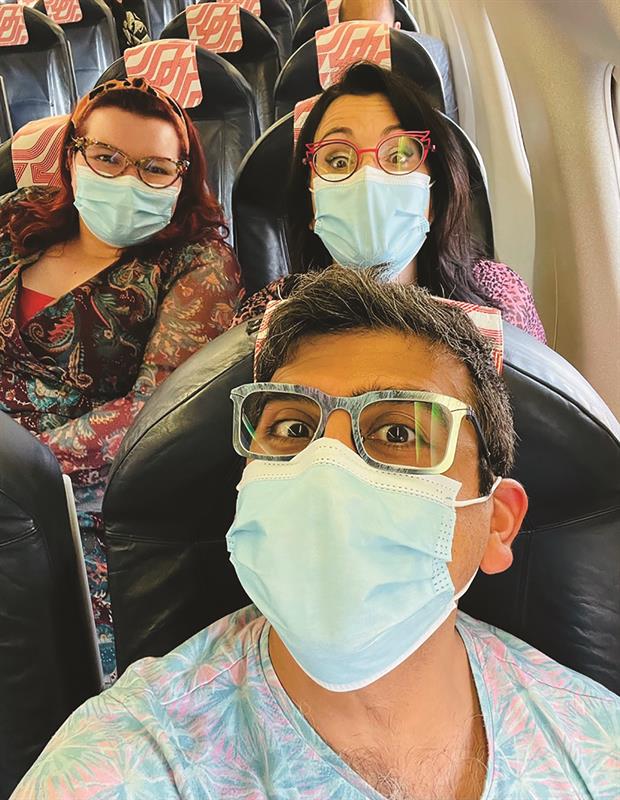
organisation, Eyewear Styling Academy, we offer regular seasonal updates in both clothing and eyewear, so it is important for us to attend both fashion and optical trade shows.
It was certainly a little quieter than usual and had a different vibe, but this was no bad thing, we really enjoyed it and it gave us more time to spend with new contacts. We also discovered collections that, perhaps in the hustle and bustle of previous years, we may never had seen.
Much like in the fashion industry that has reported on the ‘dopamine dressing’ trend, namely choosing clothes and accessories to improve one’s mood, there was a lot more colour and unique shapes this year. Perhaps this reflects the change in behaviour of consumers who are certainly becoming braver post lockdown?
All in all, our visit to Silmo was a great success, we managed to take on two new brands, Sabine Be and Coexist, but more than that, it was great seeing old friends and clients. It was almost as if the whole pandemic had never happened.
Safety first
Despite great leaps in public confidence with vaccine rollouts across the world, it would be natural for anyone to have a sense of apprehension when visiting a trade show for the first time during a pandemic. Organisers were clear on the requirements – proof of double vaccination or a negative PCR test and mandatory face coverings. Checking vaccination status was rigorous and because my NHS QR code would not scan on arrival on day one, I had to report to the testing centre for additional manual checks each day. Anyone not able to provide evidence of a negative test or vaccination was able to take a supervised PCR test in a specially built testing centre. Evidence of testing during the build-up of the event was allegedly not checked quite so rigorously; one exhibitor reported they and many of the exhibition staff were not checked for vaccine status and face coverings were virtually non-existent, which undermines the stringent checks delegates were forced to undertake.
Despite all the checks, hand sanitising, social distancing and mask wear, I had resigned myself to testing positive for Covid on my return to England, such was the nature of the event and proximity of conversations on stands. But it proved not to be. In terms of potential exposure to Covid-19, it was certainly the riskiest thing I have done during the entire pandemic. I now feel more confident about visiting Opti Munich in January, although nobody needs a reminder of how quickly coronavirus can change things.
My Silmo: Julian Clarke, CaseCo/Curoptica
The last time I met my international clients and partners in person was across Silmo 2019 and Opti 2020. I knew there were not going to be many UK opticians nor Asian clients
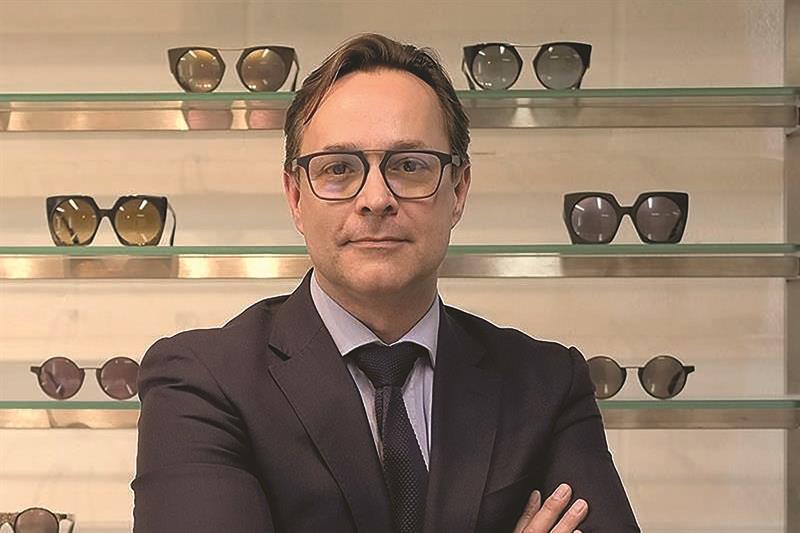
attending Silmo. My European partners and sales network connections, however, did decide to travel.
As the first major international show to be run since the pandemic, I was intrigued to see how the industry would respond having heard the show floor was not as extensively sold as in previous years.
Initially planning to be in Paris for two nights I extended my stay as more clients chose to attend; some exhibited in the exhibition halls, some in city-centre hotel showrooms and some met for coffee shop meetings.
I have been using Skype frequently since 2013, but nothing replaces face-to-face collaboration. In my opinion, rapport cannot be established via video call in quite the same way. Much more was accomplished over the weekend than I had expected and so was satisfied I made the trip. And let’s face it, taking the time to enjoy time with old friends in Paris was a welcome antidote to a challenging 18 months.
From my perspective, Silmo 2021 revealed itself to be a cautious, imperfect yet hopeful re-start to the international show scene.
Silmo spotlights
Manufacturing heritage
The new Minamoto brand from Charmant represents more than a passing nod to the company’s roots and Japanese craftmanship – it is all encompassing. Meaning origin in Japanese, Minamoto comprises values of authenticity, comfort, quality, eyewear craftsmanship, attention to detail and finesse.
The logo, a Japanese kanji, is handmade by a calligraphy master working for the group. It also means ‘the origin’ and appears on the titanium end tips as a signature of the
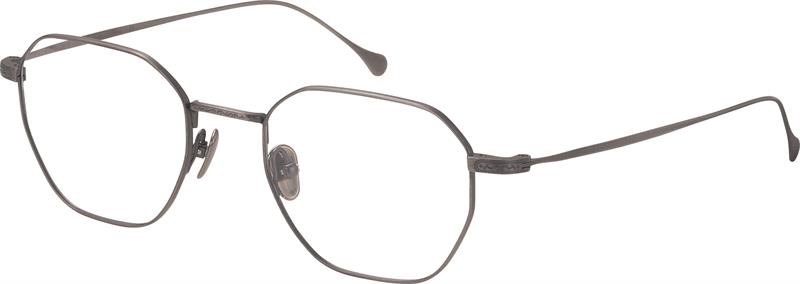
brand. ‘Discreet engravings reflect the precision and quality that Japan is known for and also highlight the attention to detail,’ says Charmant.
Minamoto frames are constructed from 99.4% pure Japanese titanium – widely regarded as the best on the

market. For additional comfort and strength, temples are made from Japanese beta titanium, while details like nose pads and nose tips are pure titanium. Twelve styles are available at launch, four for men, four for women and four unisex.
The foldable case is made from 100% organic Washi paper by a small family business based in the Fukui prefecture Japan, where the tradition of Washi paper making has been kept alive for over 1,500 years. The special pattern you see on the paper is called Sumi-Nagashi, which is handcrafted with Japanese ink using a calligraphy brush, making every pattern and every case unique.
Sustainable luxury
The sustainability movement in eyewear has gathered significant momentum in the last couple of years and it is rare to see any brand or manufacturer that does not have some sort of offsetting initiative or environmentally friendly material in its portfolio.
A sense of climate consideration has been at the core of Austrian manufacturer Rolf Spectacles since the company was founded more than a decade ago. Initially working with wood from renewable sources, before moving on to sustainable buffalo horn and stone, the company is striving to make its manufacturing facility energy self-sufficient, with solar panels generating electricity and wider green initiatives such as rooftop beehives contributing to a better local eco-system.
The new 3D printed Substance collection represents a significant leap in terms of sustainable frames, using beans from a species of the Euphorbiaceae plant family. In powdered form, the beans meet the technical requirements needed for additive manufacturing, but because they can be grown rapidly with no genetic engineering, they make a fantastic sustainable resource.
‘With the Substance collection, we wanted to think about glasses after their life has finished,’ says company founder Roland Wolf. ‘With many different parts and materials,
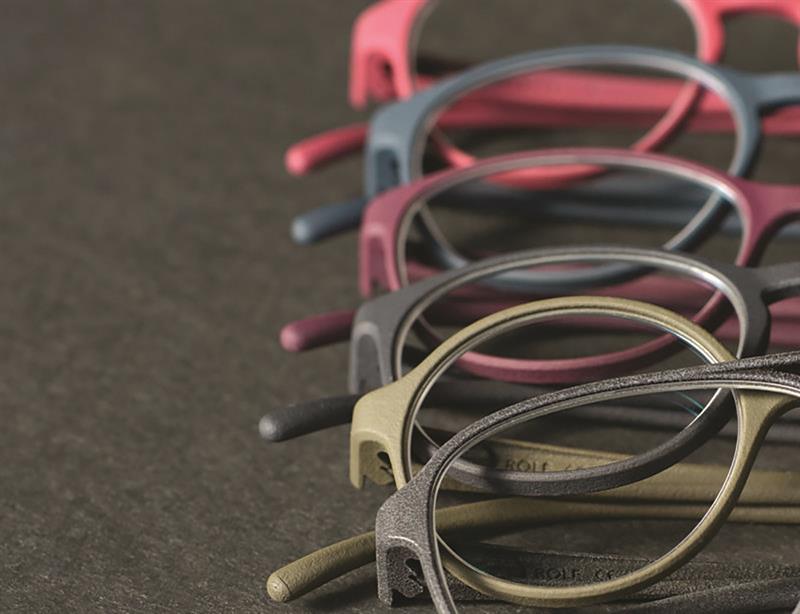
glasses are hard to recycle properly, so with Substance frames, there are only five individual components (a front, two temples and two rubber hinge donuts) and two materials. There are lots of sustainable materials and frames out there that get flown all over the world, but with Substance and Rolf, everything is sourced locally.’
It is this attitude that not only caught the eye of the Silmo d’Or judges, but also the European Institute of Applied Sustainability earlier this year. In the Institute’s European Green Awards, the Substance collection won the Green Product Design Award in the accessories category, seeing off multinational competition from other industries.
Technical warmth
Berlin-based Haffmans & Neumeister may not be a household eyewear name, but its co-founders, Philipp and Daniel Haffmans, were instrumental in the development of sheet metal eyewear aesthetic, first with ic! Berlin and then Mykita.
